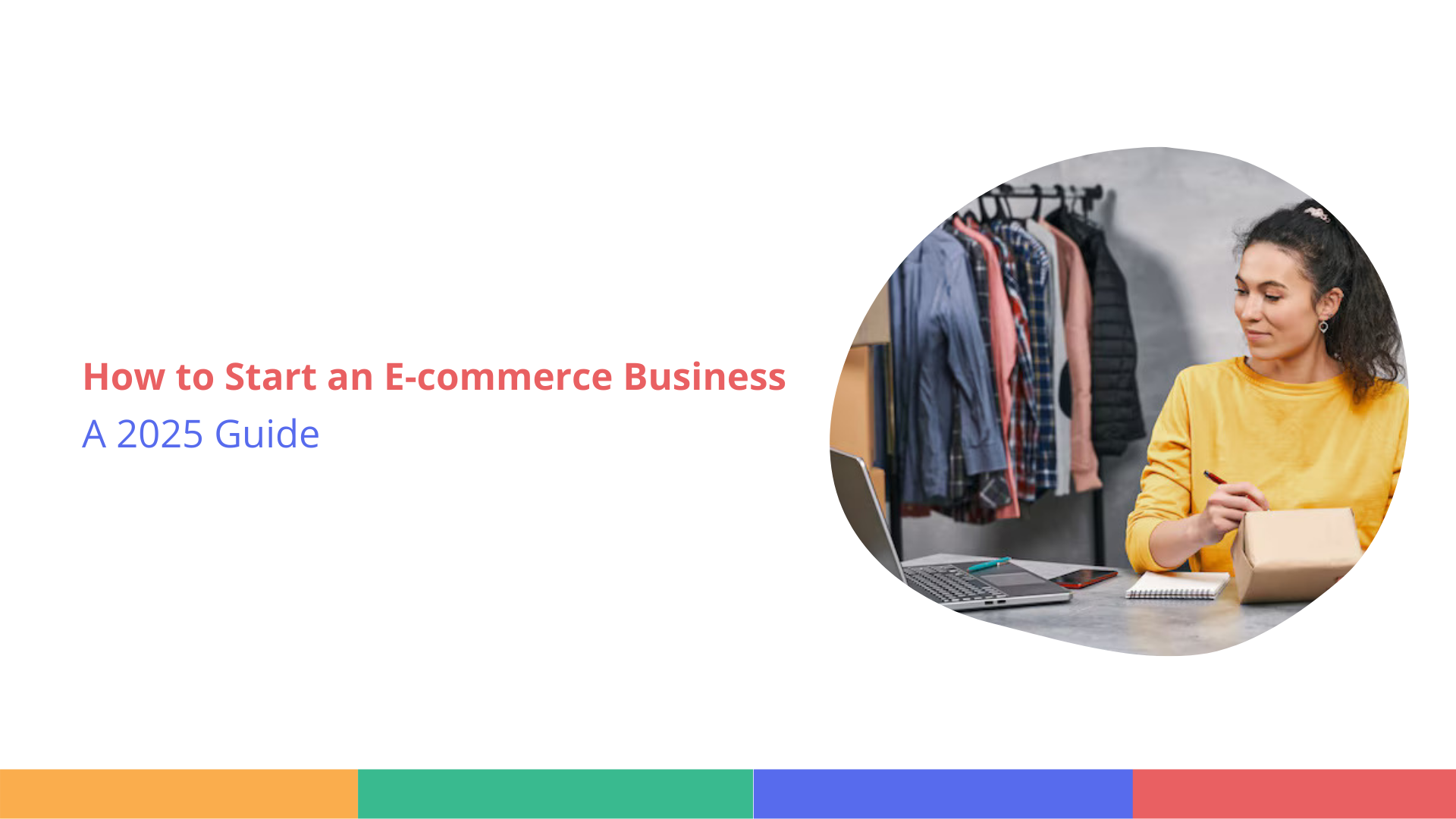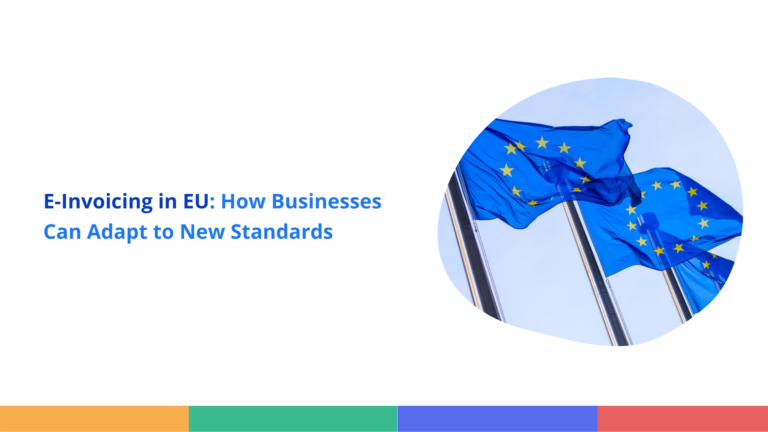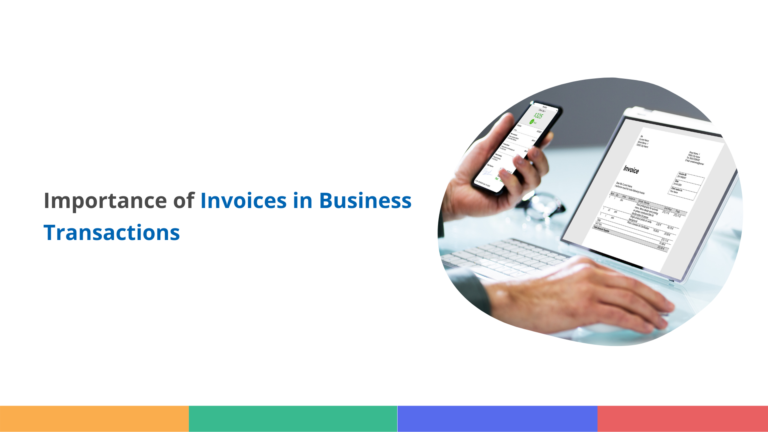Starting your own e-commerce business is an exciting and rewarding venture, particularly if you’ve always dreamed of being your own boss. Whether you have a passion for crafting or a knack for selling, starting e-commerce business can be a fantastic way to channel your entrepreneurial spirit.
That said, launching a business requires careful planning, creativity, and dedication. While it’s not easy, the effort can be well worth it. Global e-commerce sales are expected to hit $6.3 trillion in 2024, and in 2023, e-commerce made up 15.4% of total sales in the U.S., according to the Census Bureau. The potential to thrive in this industry is significant.
This guide will walk you through the steps to start your e-commerce business, explore potential costs, and provide tips to help you succeed.
Step 1: Research E-commerce Models and Decide What to Sell
The e-commerce landscape is vast, and understanding how you want to position your business is essential. To begin, decide on your e-commerce business model. There are four primary models:
- Business-to-Customer (B2C): A traditional model where businesses sell products directly to consumers. Examples include Amazon, Walmart, and independent online stores.
- Business-to-Business (B2B): Businesses selling products or services to other businesses. This model typically involves bulk sales and recurring orders. Examples include Alibaba and Amazon Business.
- Customer-to-Customer (C2C): This model facilitates individuals selling to one another. Platforms like Etsy, eBay, and Craigslist fall under this category.
- Customer-to-Business (C2B): Individuals sell their goods or services to businesses. Examples include freelance platforms like Upwork.
Additionally, consider the delivery method for your products or services. Some common approaches include:
- Direct-to-Consumer (D2C): Selling your products directly to customers without intermediaries.
- Dropshipping: Using a supplier to manage inventory and shipping while you handle the storefront.
- Wholesaling: Buying products in bulk and selling them individually.
- White Label: Rebranding generic products as your own.
- Private Label: Collaborating with manufacturers to create unique products exclusive to your brand.
- Subscription: Offering recurring delivery of goods like meal kits or skincare products.
Find Your Niche
To stand out in the crowded e-commerce space, define your niche. Consider what you’re passionate about, what’s in demand, and how you can differentiate yourself. Whether you’re selling hand-crafted items or sourcing generic products, the key is finding a balance between your interests and market needs.
Step 2: Write a Business Plan
Once you’ve established your business model and niche, it’s time to draft a business plan. A business plan acts as a roadmap, outlining your objectives and strategies for finance, operations, and marketing.
Start by researching your competitors and analyzing the market for your product or service. Identify your target audience and determine how you will reach them. Include details about your supply chain, distribution methods, and any unique value propositions. A well-thought-out plan can also attract potential investors or partners.
Step 3: Choose a Business Name and Build Your Brand
Your business name and brand identity play a crucial role in establishing credibility and attracting customers. When selecting a name, ensure it is unique, easy to spell, and relevant to your products. Verify the availability of the domain name and social media handles.
Your brand identity should reflect your values and resonate with your target audience. This includes designing a logo, choosing a color scheme, and crafting a consistent voice for your messaging. Consider hiring a professional designer or using online tools to create visually appealing branding materials.
Step 4: Register Your Business
Before you start selling, you’ll need to register your business. This involves choosing a legal structure, obtaining an Employer Identification Number (EIN), and securing any necessary licenses or permits.
- Legal Structure: Common options include sole proprietorship, partnership, LLC, and corporation. Each has different implications for taxes and liability, so consider consulting a legal or financial advisor.
- EIN: This nine-digit number, issued by the IRS, is used for tax purposes and allows you to separate personal and business finances.
- Licenses and Permits: Requirements vary depending on your location and industry. Check with local authorities to ensure compliance.
Step 5: Create Your E-commerce Website
Your website is your digital storefront and one of the most critical aspects of your e-commerce business. To create your website:
- Choose a Domain Name: Select a domain that matches your business name.
- Select an E-commerce Platform: Popular platforms include Shopify, Squarespace, WooCommerce, and Magento. Each offers unique features, so choose one that aligns with your technical skills and business needs.
- Design and Customize Your Store: Use templates or hire a developer to create a visually appealing and user-friendly website. Add product descriptions, high-quality images, and clear calls to action.
- Set Up Payment Options: Enable secure payment methods, such as credit cards, PayPal, and digital wallets.
Step 6: Source and Develop Your Products or Services
Now that your website is ready, focus on sourcing or producing your products. If you’re a craftsperson, build enough inventory to meet initial demand. For those sourcing products, research suppliers and negotiate terms to ensure quality and affordability.
Consider logistics, including packaging, warehousing, and shipping. Branded packaging can enhance the customer experience and boost your brand’s visibility.
Step 7: Launch and Market Your Business
Once everything is in place, it’s time to launch your business. Announce your launch through social media, email marketing, and press releases. Monitor key performance indicators (KPIs) such as website traffic, conversion rates, and customer acquisition costs to measure success.
Experiment with various marketing strategies to drive traffic to your site:
- Search Engine Optimization (SEO): Optimize your website for search engines to improve visibility.
- Social Media Marketing: Use platforms like Instagram, Facebook, and TikTok to connect with your audience.
- Paid Advertising: Run targeted ads on Google or social media platforms to reach potential customers.
- Content Marketing: Create blogs, videos, and other content to establish your authority and attract visitors.
How Much Does It Cost to Start an E-commerce Business?
Starting an e-commerce business requires an initial investment, which varies depending on your business model and goals. Here are some typical costs:
- Licenses and Permits: Depending on your location, fees can range from $50 to several hundred dollars.
- E-commerce Platform: Subscription fees for platforms like Shopify start at $29 per month, while open-source options may require hosting and developer costs.
- Domain and Hosting: Domains can cost as little as $1 per year, while hosting fees vary from a few dollars to several hundred dollars monthly.
- Product Inventory: Initial inventory costs depend on the type and quantity of products you offer.
- Shipping: Costs vary based on product size, weight, and shipping methods.
- Marketing: Allocate a portion of your budget to advertising and promotional activities.
- Employees: As your business grows, you may need to hire staff to handle operations, customer service, or marketing.
While costs can add up, e-commerce typically requires less overhead than brick-and-mortar stores, making it an attractive option for new entrepreneurs.
Tips for Starting E-commerce Business
Starting an e-commerce business is a journey filled with challenges and rewards. Here are some tips to help you along the way:
- Start Small: Test the waters with a limited product range before expanding.
- Stay Informed: Keep up with trends such as social commerce, artificial intelligence, and new marketing platforms.
- Experiment: Use A/B testing to refine your marketing strategies and find what resonates with your audience.
- Leverage Multiple Channels: Don’t rely solely on your website. Consider selling on marketplaces like Amazon and Etsy to reach a broader audience.
- Build Relationships: Engage with your customers through social media, email, and exceptional customer service to build loyalty and trust.
Launching an e-commerce business takes time, effort, and persistence. By following these steps and tips, you can set yourself up for success and turn your entrepreneurial dreams into reality.




